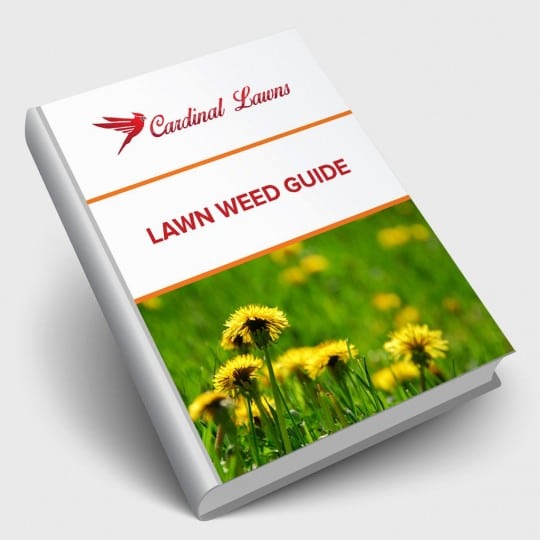5 Tips for Effective Weed Control
A Happy Lawn is a Weed-Free Lawn
Posted
July 13, 2017

From a weed or two in the garden to a lawn covered in clover, there are many stages of weed infestation. Of course, it all starts with a single weed, so for the most effective weed control, it’s best to start early. Here are five pointers to keep in mind.
Weeds are Everywhere
Even though you may see one weed in your garden, that single weed may have already produced many weed seeds ready to germinate at any moment. However, only those seeds that lie at the top of the soil and get enough light will prosper. Remember this when weeding, and do your best to only remove the weed you want without digging too much, thus bringing more weed seeds to the surface.
Cover Your Tracks
Once you’ve dug up roots or planted in your lawn or garden, make sure the open area is covered sufficiently with mulch or dirt. Weed seeds can stay dormant for a while, so make sure to regularly mulch the area. Wood chips, straw, and even pine needles do well to cover the surface enough to smother out the weeds. When the area is covered with about two inches of mulch, weeds don’t get enough light to survive. A nutrient-rich organic mulch also helps to keep the plant beds happy, so it’s a win win for your garden.
If you want to protect a larger area, try covering the surface with a sheet of plastic, landscape fabric, or newspaper before laying down the mulch. It’s not a full-proof plan, since birds and wind can still carry weed seeds to the area, but it helps in areas where you don’t do a lot of digging. There are also certain types of ground cover—such as ivy and green clover—that can help control the weed population while still giving you a uniform look in your lawn.
Off With Weed Heads
If you don’t want to dig up the weed, simply chop its head off. This helps reduce reseeding. It’s easy enough to prune weeds out of your garden and use the lawn mower to mow high and attack the weeds in your lawn.
Planting for Effective Weed Control
The closer plants are in the bed, the less room you leave for weeds. The shaded soil between the plants won’t allow light to feed the weed seeds. Keep in mind how big the mature plant will get and plan accordingly. Then, when it’s time to water, only water the plants you want. Irrigation will help you water the plant roots from beneath the surface, thus depriving the surface weed seeds from the water they want. Hand watering also helps control the flow, but is more tedious than irrigation systems.
Natural vs. Chemical Warfare
In the battle against weeds, there are several plans of attack. You can go the natural route and kill weeds by torching them with a small landscape flamer, dousing them in vinegar, or using another organic herbicide. There are also plenty of chemical herbicides available at any lawn and garden store that can take care of a range of weeds. Always read the labels carefully to ensure you apply them at the right time.
Effective weed control is an ongoing process. Keep your lawn and garden healthy and happy, and the weeds won’t stand a chance.

Download Your FREE Lawn Weed Guide
Before weeds take over your yard this season, learn to identify and prevent them in the first place. Keep your lawn looking great all year!